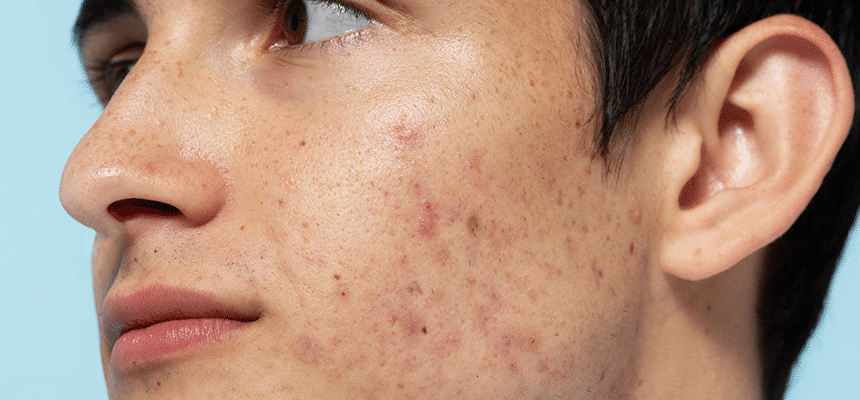In such cases, we indeed recommend a comprehensive approach.
Firstly, hormonal testing.
The main issue is often a progesterone deficiency when there are skin rashes. However, this is rarely the primary cause; it usually occurs against the backdrop of something else, such as thyroid problems, high prolactin levels, polycystic ovary syndrome, hyperandrogenism, or other conditions. Therefore, we conduct a comprehensive hormonal evaluation. We check hormone levels: FSH, LH, estradiol, insulin, prolactin, TSH, free T4, anti-TPO antibodies, and 17-OH progesterone, typically on the 2nd to 5th day of the menstrual cycle.
Secondly, we try to check liver function, as hormone inactivation occurs there.
Thirdly, we need a good dermatologist or cosmetologist to select local treatment. This includes skin cleansing and choosing appropriate skin care. Modern products help with timely pore cleansing. Proper care, nutrition, and skin hydration can prevent inflammation.
In some cases, if we detect changes in the thyroid gland, pituitary, adrenal glands, or disturbances in carbohydrate metabolism, we may need a consultation with an endocrinologist.
This comprehensive and well-considered approach allows us to address the problem fairly quickly at any age. But it’s important to remember that each case is very individual, and a specialist consultation is necessary to create a simple and effective action plan!
Additionally, we now have the opportunity to conduct a genetic test. The research allows us to “catch” the subtleties and trends in hormonal and metabolic processes in a woman’s body, which is relevant not only at the time of the analysis but reflects trends throughout her life. As a result, it helps us take a deeper look at the problem, understand how hormonal processes are functioning, and make skilled adjustments.
Take care and stay healthy!
